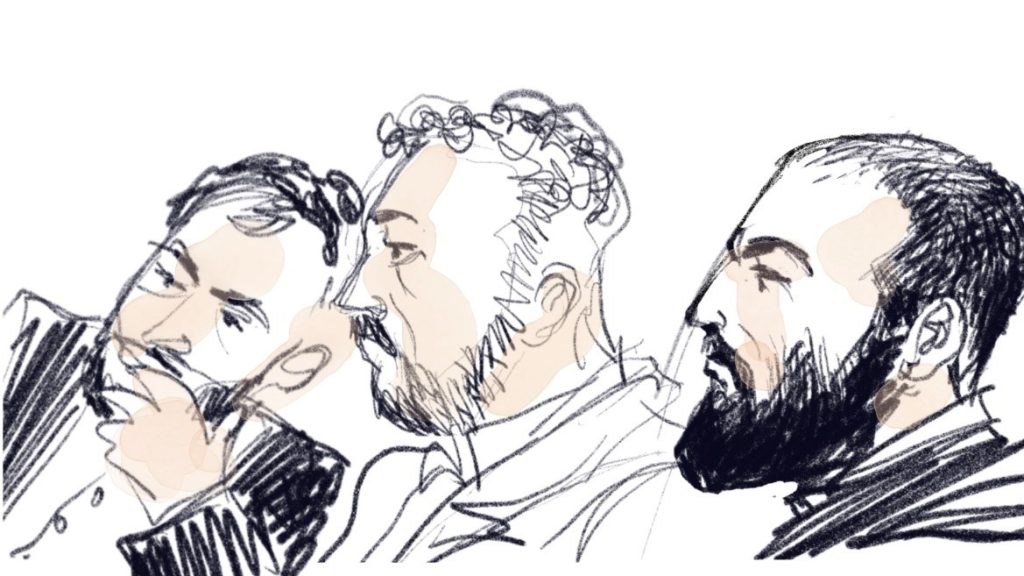
Harald Walach – In Praise of Death – A Critique of the Transhumanist Programme of the Abolition of Death, 15th December 2023 from Scientific and Medical Network on Vimeo.
Thoughts on Science, Medicine And Sundry Things
A well-known story of the Muslim sage Nasreddin Hodsha reports Nasreddin standing under a lamp at night, searching frantically for something. A passer-by asks him: “Nasreddin, what are you looking for?” Nasreddin answers: “I am looking for my house keys.” “Did you lose them here?” “Almost certainly not, but I am looking here, because this is where the light is.”
It is a common phenomenon: We are looking for something not where it might be found in all likelihood, but where it is most convenient to look for. Something similar, it appears to me, happened and is happening at the Science of Consciousness (TSC) Conferences. The most recent of them was convened from May 22nd to 27th 2023 in Taormina, Sicily (see https://tsc2023-taormina.it/ for a full program and book of abstracts), and I had the privilege to attend it on behalf of the SMN in a beautiful surrounding.
I was recently in Lithuania for a few days, in the capital Vilnius, for a meeting of the Next Society Institute at the Kazimieras Simonavičius University, which I have been a member of for half a year. This is a think tank of a small group of academics who are developing new concepts for different sectors of society (Fig. 1-4). We are planning a series of annual conferences with constructive models for the future.

Contrary to the current trend, which squeezes everything into the Procrustean bed of one true perspective and subordinates everything under one truth, we assume that there are many alternatives, many ways of expressing culture, being human, society, and thus also different futures, “futures” (plural), and not only the totalitarian one future, one truth, one health, one form of politics, one religion, one whatever. The conceptual basis is Niklas Luhmann’s theory of social systems [1].
Recently, US philanthropist Robert T. Bigelow, who runs his own institute, offered what is believed to be the highest amount of money awarded for frontier research, if not in the scientific enterprise at all; only the Nobel Prizes are higher, as far as I know. A total of 1.8 million dollars is to be awarded for a text that irrevocably proves that death does not mean the absolute end of consciousness. The award ceremony is taking place in Las Vegas, Nevada, these days.
Bigelow is an aerospace entrepreneur who used to work on remote Earth habitats for NASA and still has many contracts with all sorts of aerospace companies and makes his money from them. He probably experienced a conversion experience of his own, much like astronaut Edgar Mitchell, who, while flying back to Earth from the Moon, famously described the beauty of the Earth and its embeddedness in a cosmic whole as a spiritual experience that changed him. Mitchell went on to found the “Institute of Noetic Sciences” in Petaluma, California. Much like Bigelow: He founded his own institute and has used his money over the years to fund academics who tread unusual paths, such as Charlie Tart, who studies extraordinary states of consciousness.
Two weeks ago I was invited to a small conference in north-eastern Poland, in Łomża, a town about 150 km north-east of Warsaw. A small group of linguists who study the connection between language, environment and nature invited me to speak about a holistic paradigm in science. I took advantage of the time and took two days off. I used one of them to go to Treblinka. This is the place in north-eastern Poland where one of the three large Nazi extermination camps was located, the one furthest east and north. Treblinka is only about 80 km south of Łomża. And so I went to Treblinka.
Treblinka is well hidden and poorly signposted. First you come to a railway station resp. the station’s memorial.

You can see the stylised railway sleepers in the background of the image. They symbolise the track that once came through here. In fact, everything has disappeared. Levelled to the ground. Erased from the material memory of nature and removed from the field of vision of posterity. That’s what the Nazis thought. Many still think so today.